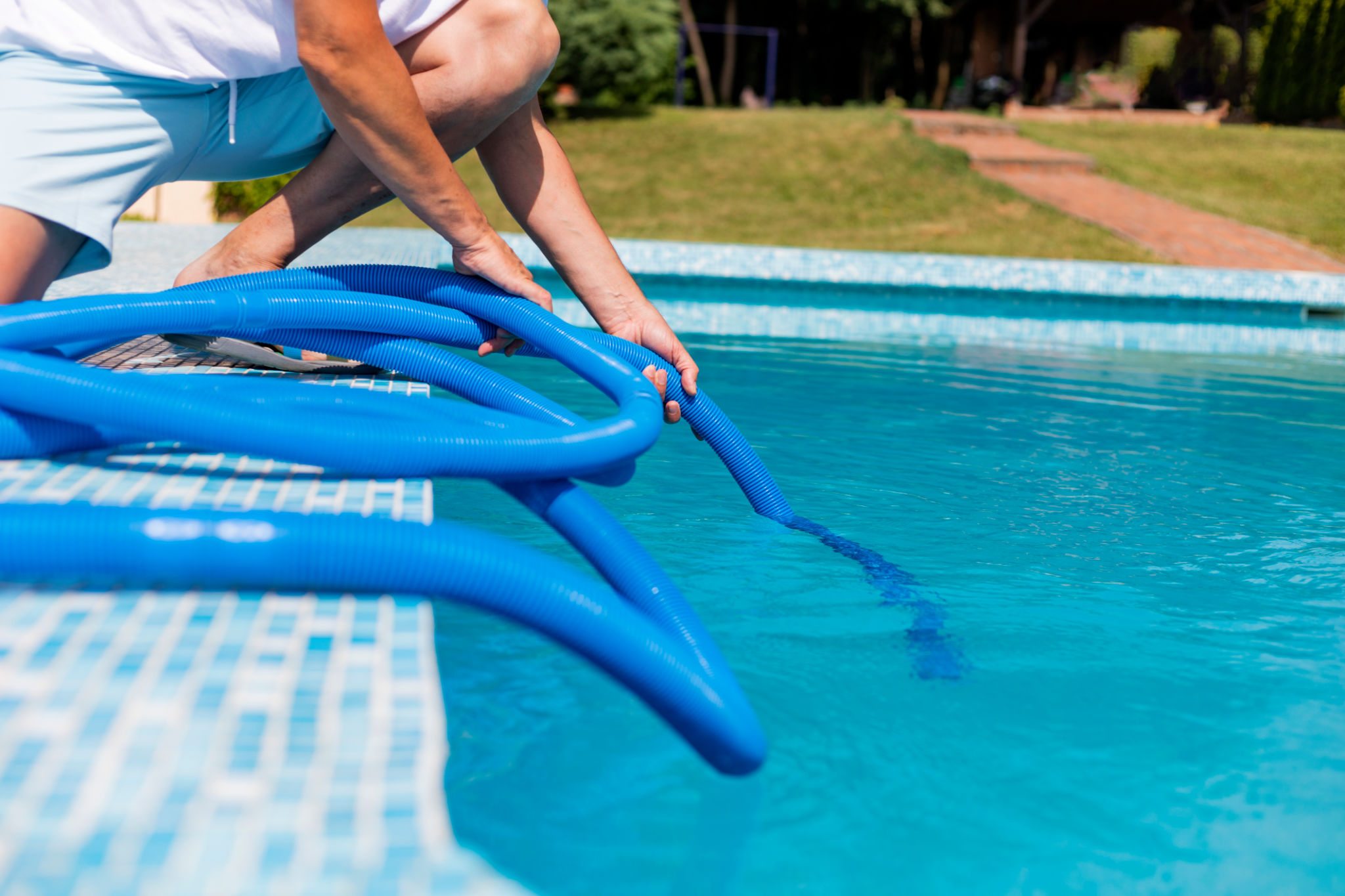Expert Advice: Maintaining Your Pool’s Water Chemistry
Understanding Pool Water Chemistry
Maintaining your pool's water chemistry is essential for ensuring a safe and pleasant swimming experience. Proper water balance not only protects your equipment but also keeps the water clear and healthy. Understanding the basic components of pool water chemistry is the first step in achieving this balance.
There are three primary elements to consider: pH levels, alkalinity, and calcium hardness. Each of these elements plays a vital role in maintaining the overall health of your pool. Keeping these levels in check will help prevent common issues like algae growth, cloudy water, and corrosion.

Monitoring pH Levels
The pH level of your pool water determines how acidic or basic the water is, and it should be maintained between 7.2 and 7.8. A pH level below 7.2 can cause skin irritation and corrosion, while a level above 7.8 can lead to scaling and cloudy water. Regularly testing the pH levels with a reliable test kit is crucial to maintaining balance.
To adjust the pH level, you can use either pH increasers or decreasers, depending on your current readings. It's important to add these chemicals gradually and give them time to circulate throughout the pool before retesting.
Balancing Alkalinity
Total alkalinity acts as a buffer for pH levels, preventing sudden changes. The ideal range for alkalinity is between 80 and 120 ppm (parts per million). If the alkalinity is too low, pH levels may fluctuate, making it difficult to maintain balance. Conversely, high alkalinity can cause cloudy water and scaling.
To increase alkalinity, use sodium bicarbonate, while muriatic acid or sodium bisulfate can decrease it. Always adjust alkalinity before attempting to correct pH levels, as it provides stability to the water chemistry.

Managing Calcium Hardness
Calcium hardness refers to the amount of dissolved calcium in your pool water. The ideal range for calcium hardness is between 200 and 400 ppm. Low calcium levels can lead to etching of plaster surfaces, while high levels may cause scaling.
If your calcium hardness is low, adding calcium chloride will increase it. If it's too high, partially draining the pool and refilling it with fresh water may be necessary. Regular testing will help you keep these levels in check.
Using Chlorine Effectively
Chlorine is perhaps the most well-known chemical used in pools to sanitize the water by killing bacteria and algae. Maintaining a chlorine level between 1 and 3 ppm is essential for safe swimming conditions. Too little chlorine can result in algae growth and unsafe water, while too much can cause eye irritation and an unpleasant odor.

To ensure effective chlorine levels, consider using stabilized chlorine products that contain cyanuric acid, which helps protect chlorine from being destroyed by sunlight. Additionally, shock your pool regularly with a higher dose of chlorine to break down chloramines and organic matter.
The Role of Regular Testing
Regular testing is a fundamental part of maintaining your pool's water chemistry. It allows you to track changes over time and make necessary adjustments before problems arise. Invest in a high-quality test kit or strips that can measure pH, alkalinity, calcium hardness, and chlorine levels.
For best results, test your pool water at least once a week during peak swimming season and adjust more frequently if your pool experiences heavy use or after significant rainfalls.
